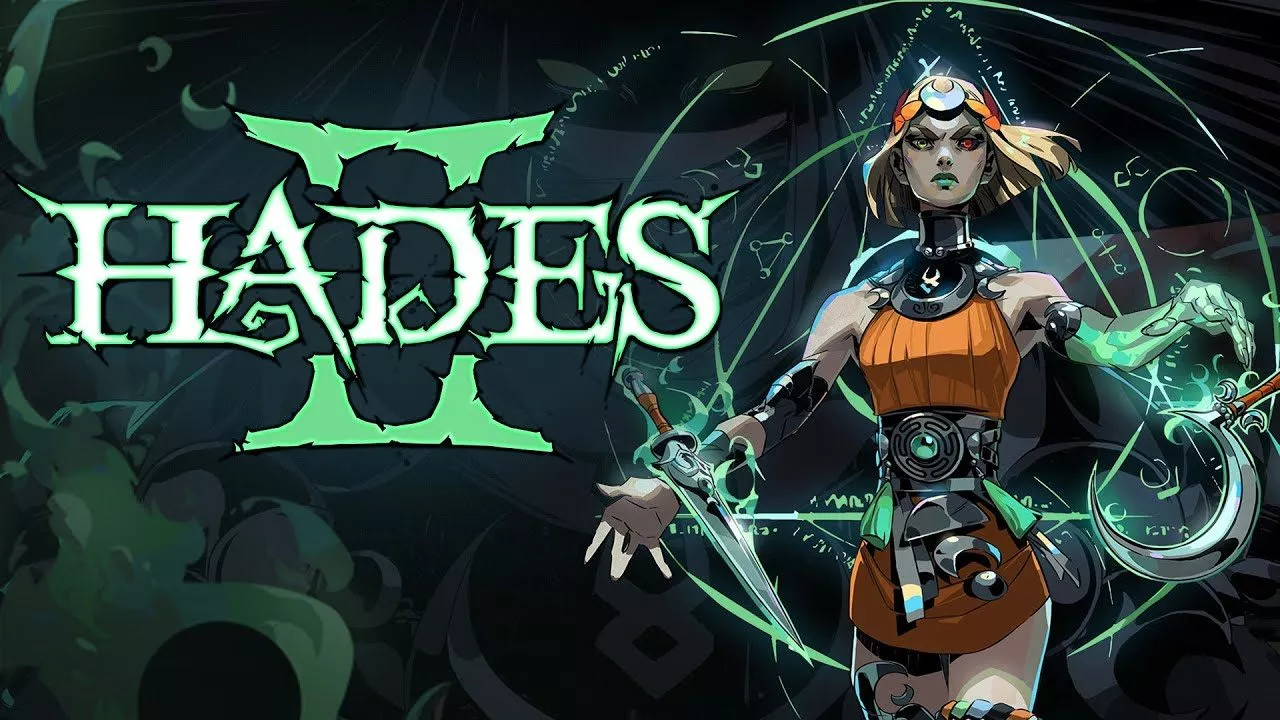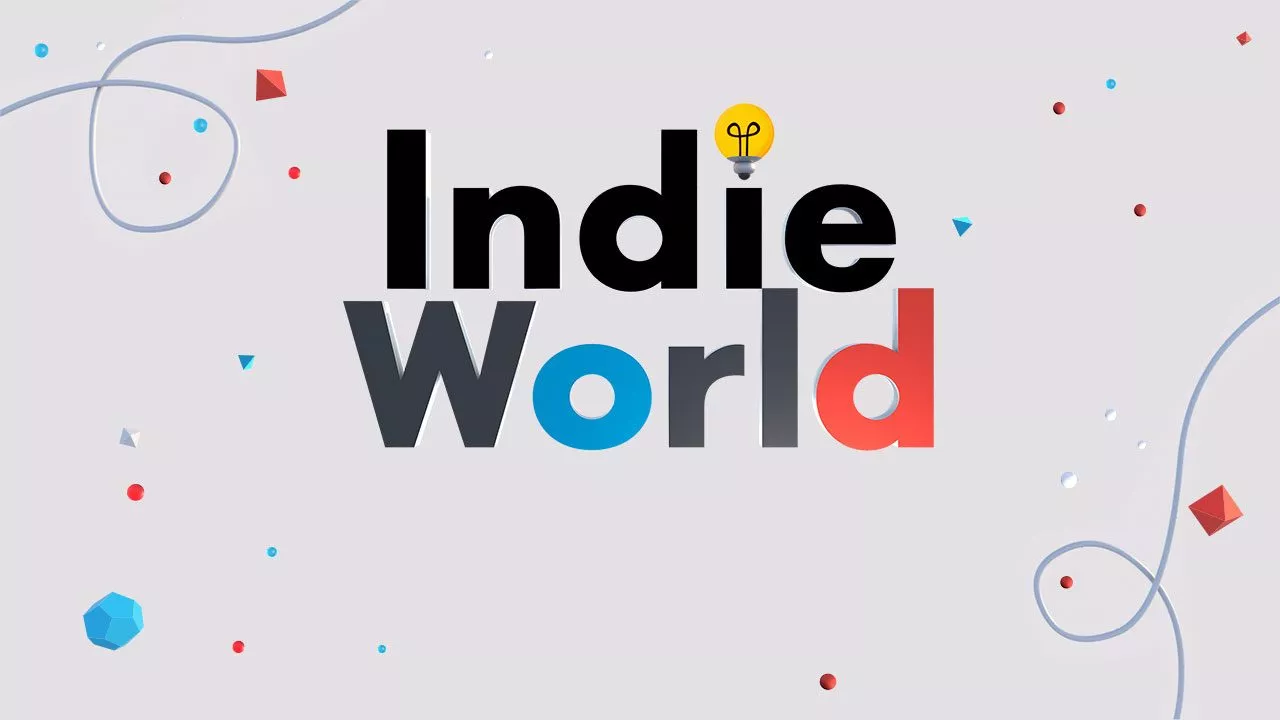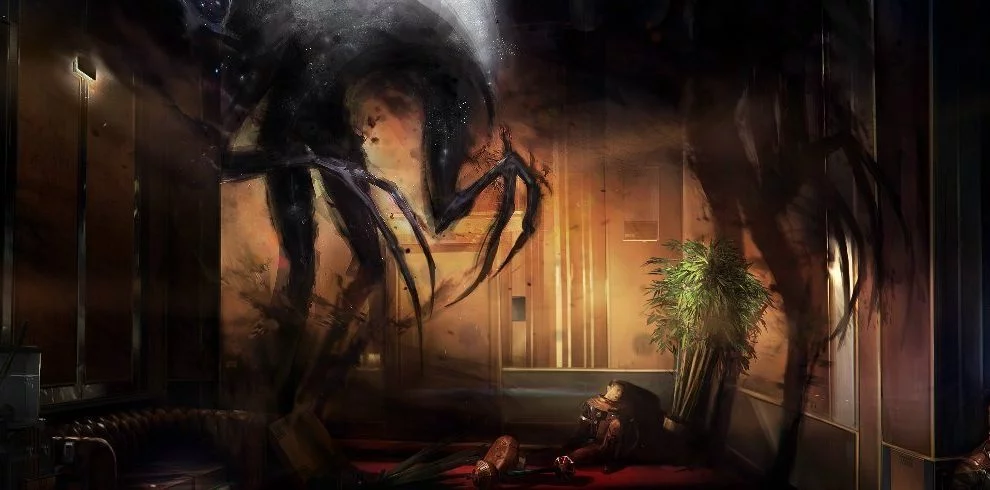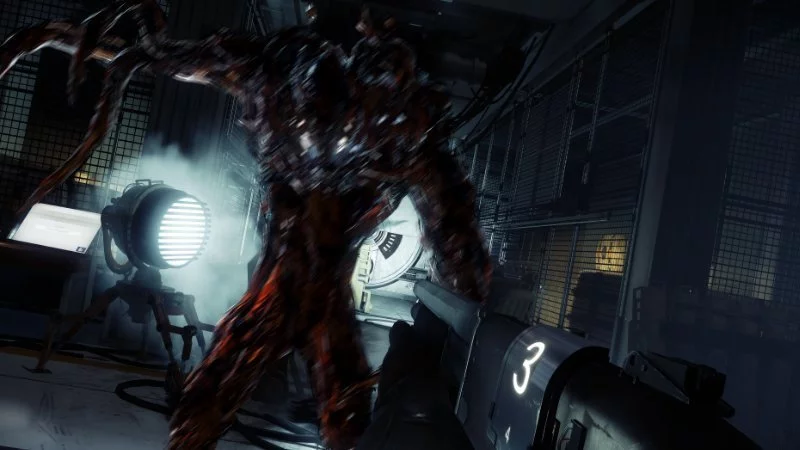Speaking with Stevivor, Arkane’s Seth Shain, Lead System Designer on Prey, went into detail on the design of the game’s mysterious alien population.
“When we started this project we knew we were going to be fighting these aliens and we knew it was going to be like an ecology of aliens,” Shain began. “We knew that we didn’t want just like, ‘there’s aliens here and they’re here to conquer because that’s what aliens do.’ We wanted to have it be more grounded in a fictional backdrop of like, ‘What is this species? What is there place in the universe? How do they function?’
“We built this whole ecology around that.”
“All of that is informed by this ecology. From that we started to think about what the actual enemies are, what their roles are in that ecology. So we know that the mimic is kind of like a forager and kind of a scout. Its out looking for resources and seeking to reproduce. That much I think is kind of obvious. Then we have the phantoms who are like foot soldiers. We know there are basic archetypes we need to have to fill out a bestiary in order to present the player with compelling opposition.”
A lot of our preview — and the happy accidents that arose — centred around the mimics, and for good reason.
“The mimics are kind of like the popcorn guys but at the same time they have this cool twist,” Shain explained. “They inject a sense of paranoia into the game because anything could be hostile and their also part of this greater scheme of the ecology. Why are they here? What are they doing? The phantoms actually are created from other aliens, from humans. So there’s this alien that can target a human corpse and turn it into a phantom. That’s why they’re bipedal and look somewhat humanoid is because there somehow psionically transformed into this thing and they’re like the basic foot soldier.”
“We’ve shown the corrupted operators, the ones that are a little weird and bugged out,” Shain continued. “We didn’t originally even have that archetype. From a process standpoint, that’s an interesting one because it was through building out our first round of NPC opposition that we realised it felt like the operators were originally all friendly — they’re here to help you out and fix your suit and give you health and stuff and guide you along. We were like, ‘man its kind of a shame we don’t get to fight these guys.'”
Keep it locked to Stevivor for more on Prey in the coming days. We previewed the title here.
This article may contain affiliate links, meaning we could earn a small commission if you click-through and make a purchase. Stevivor is an independent outlet and our journalism is in no way influenced by any advertiser or commercial initiative.

























